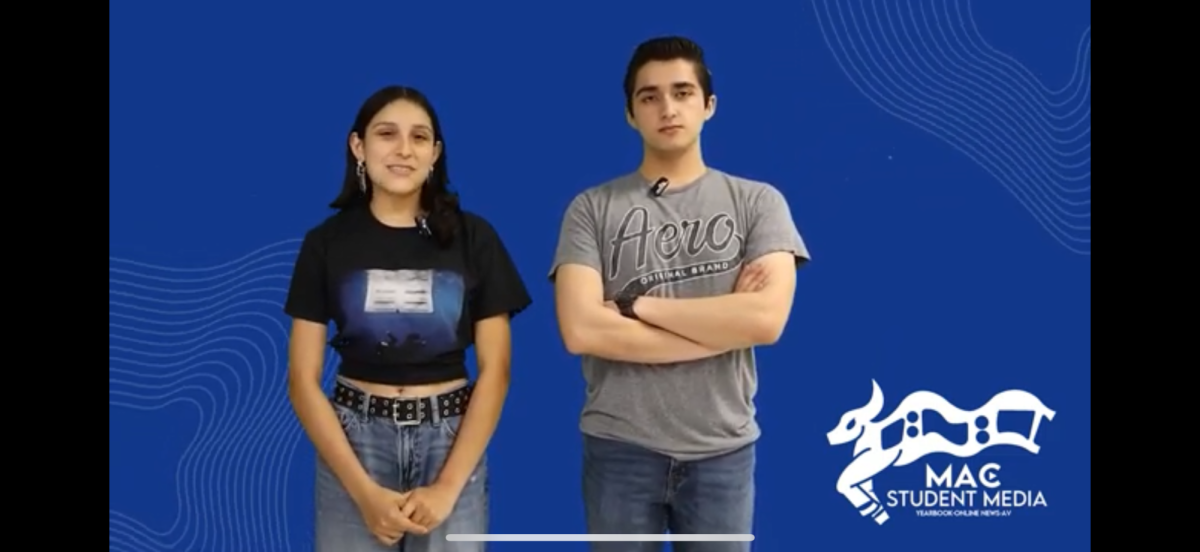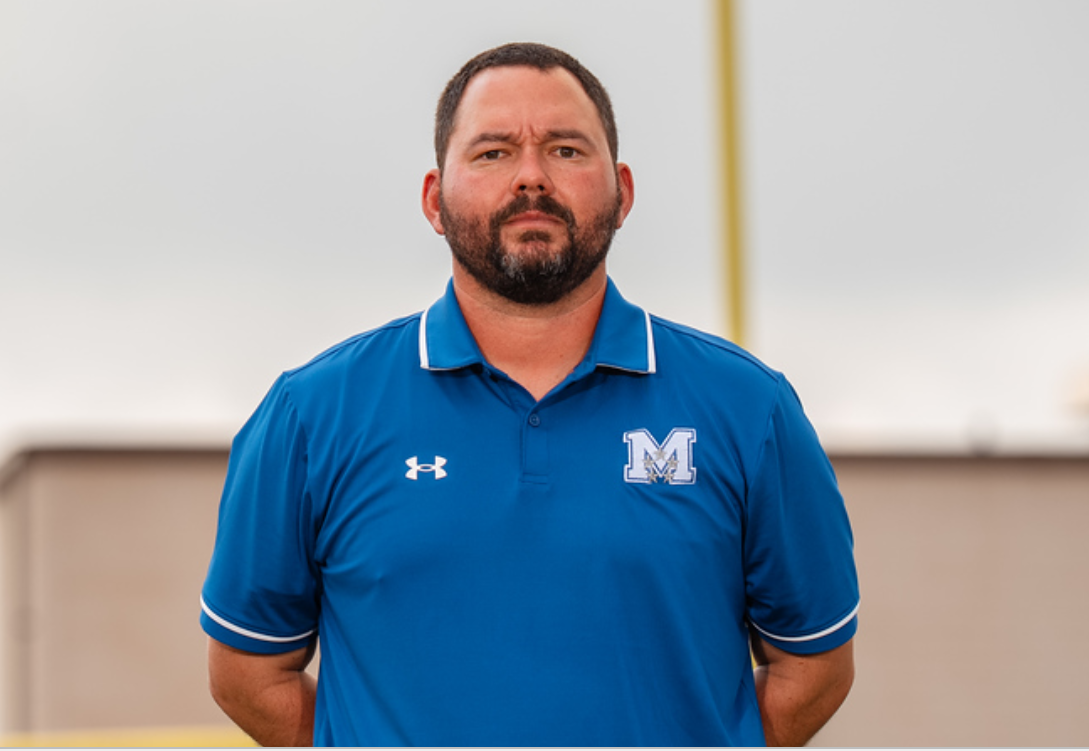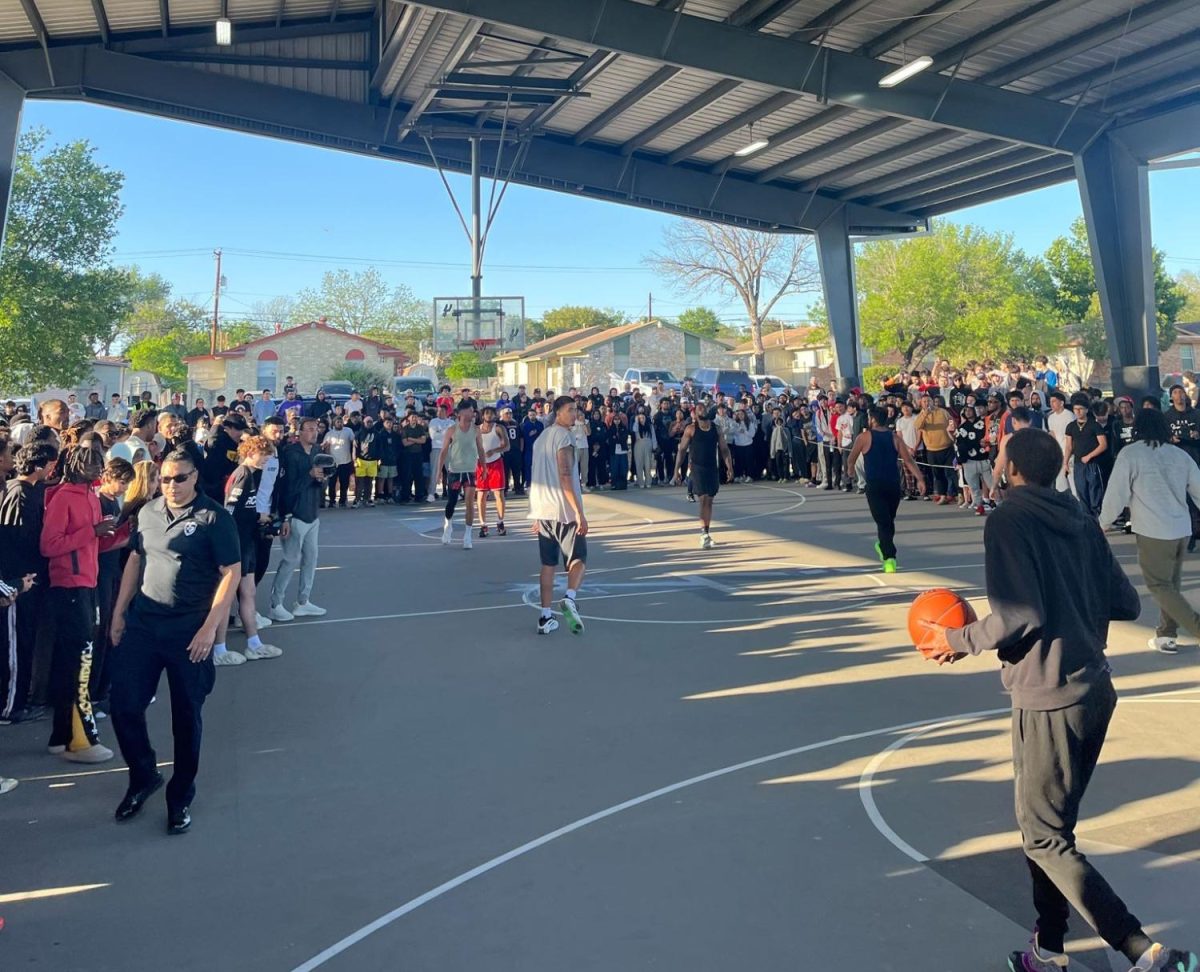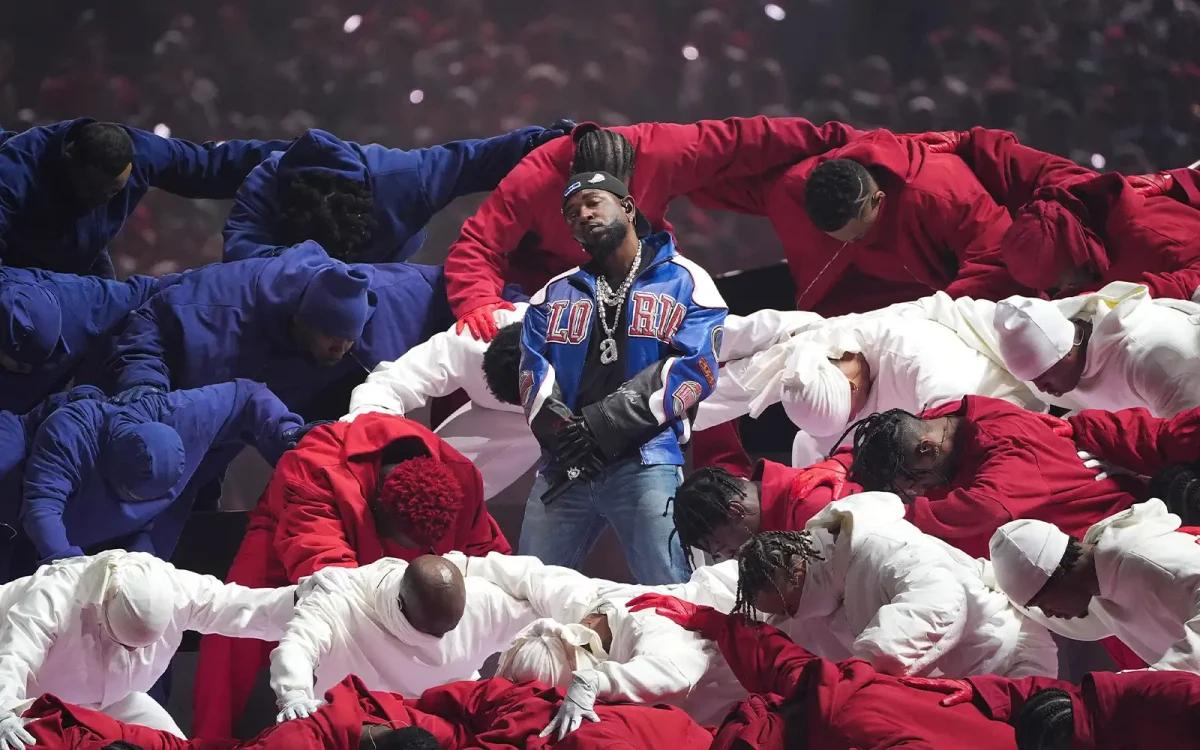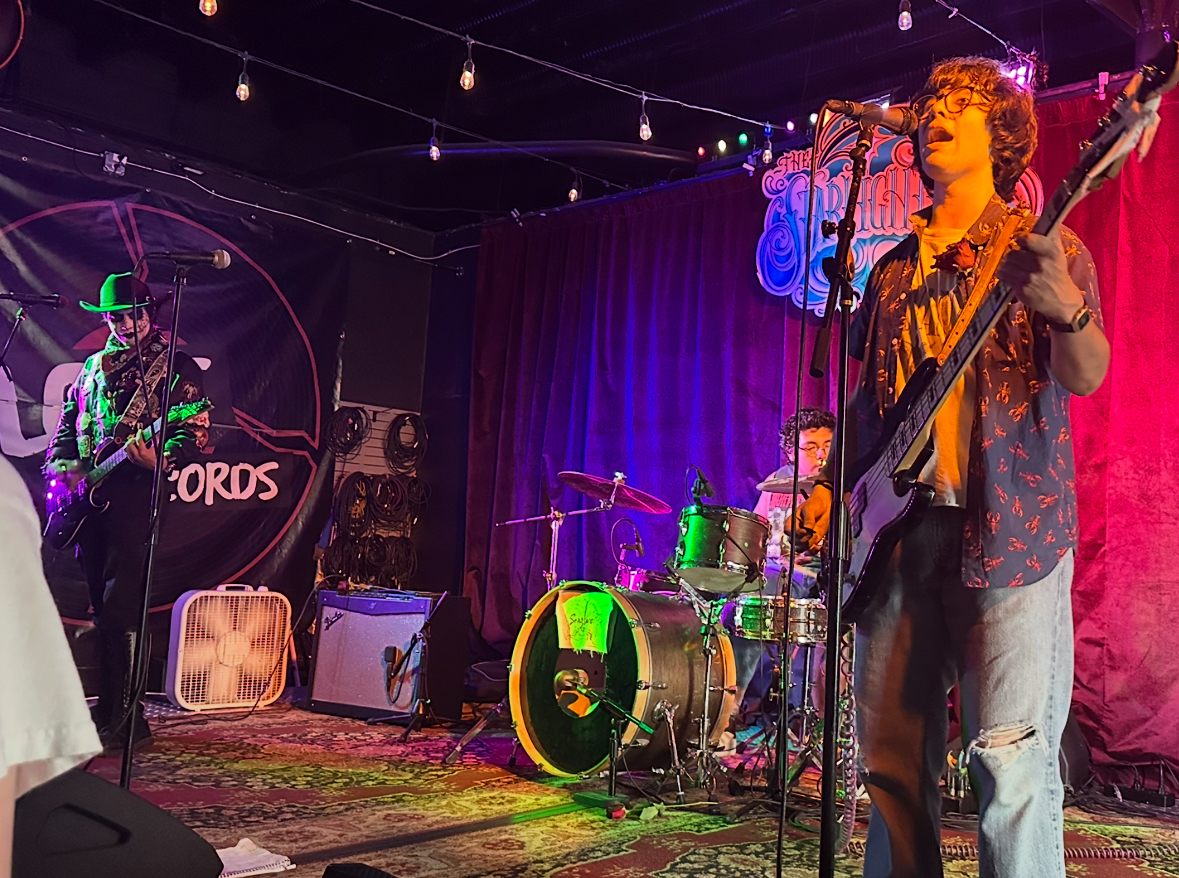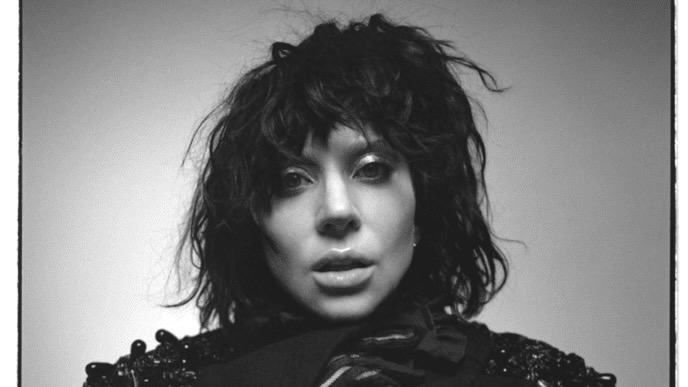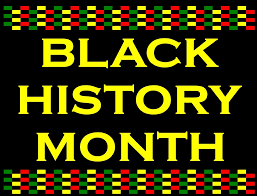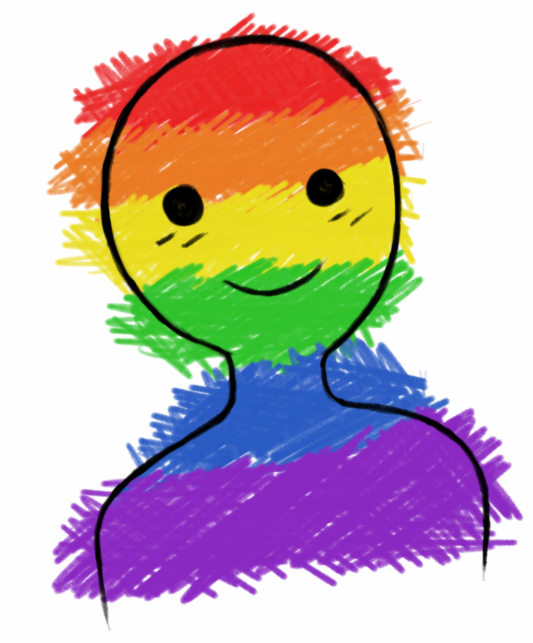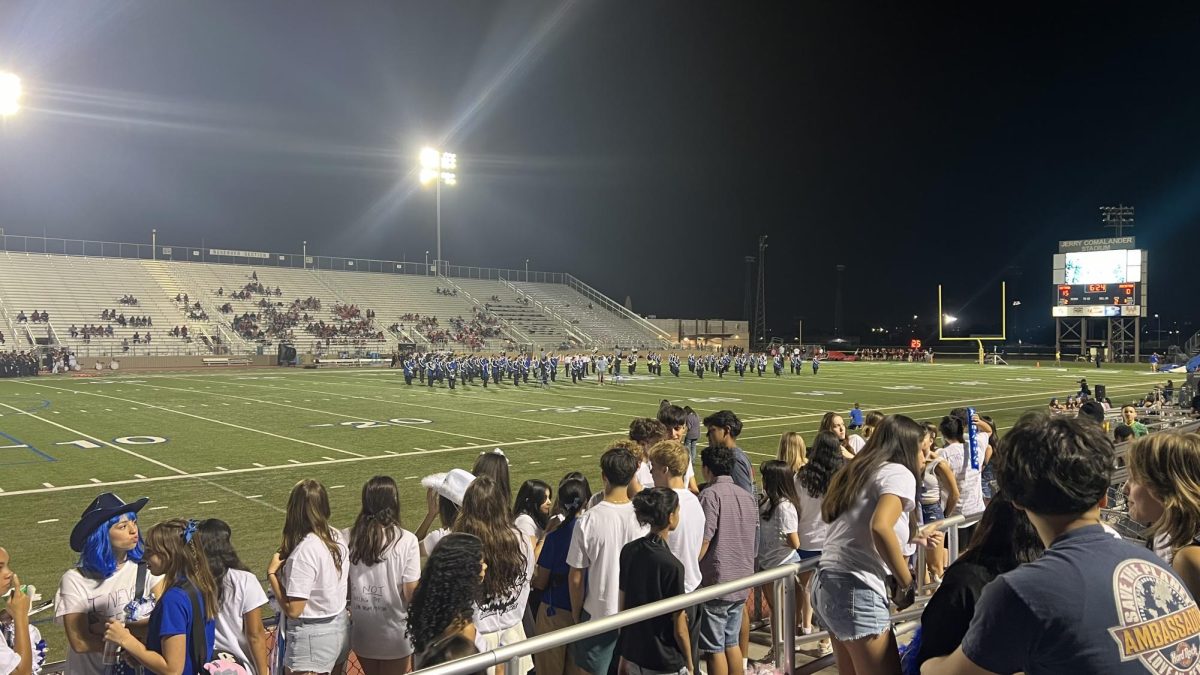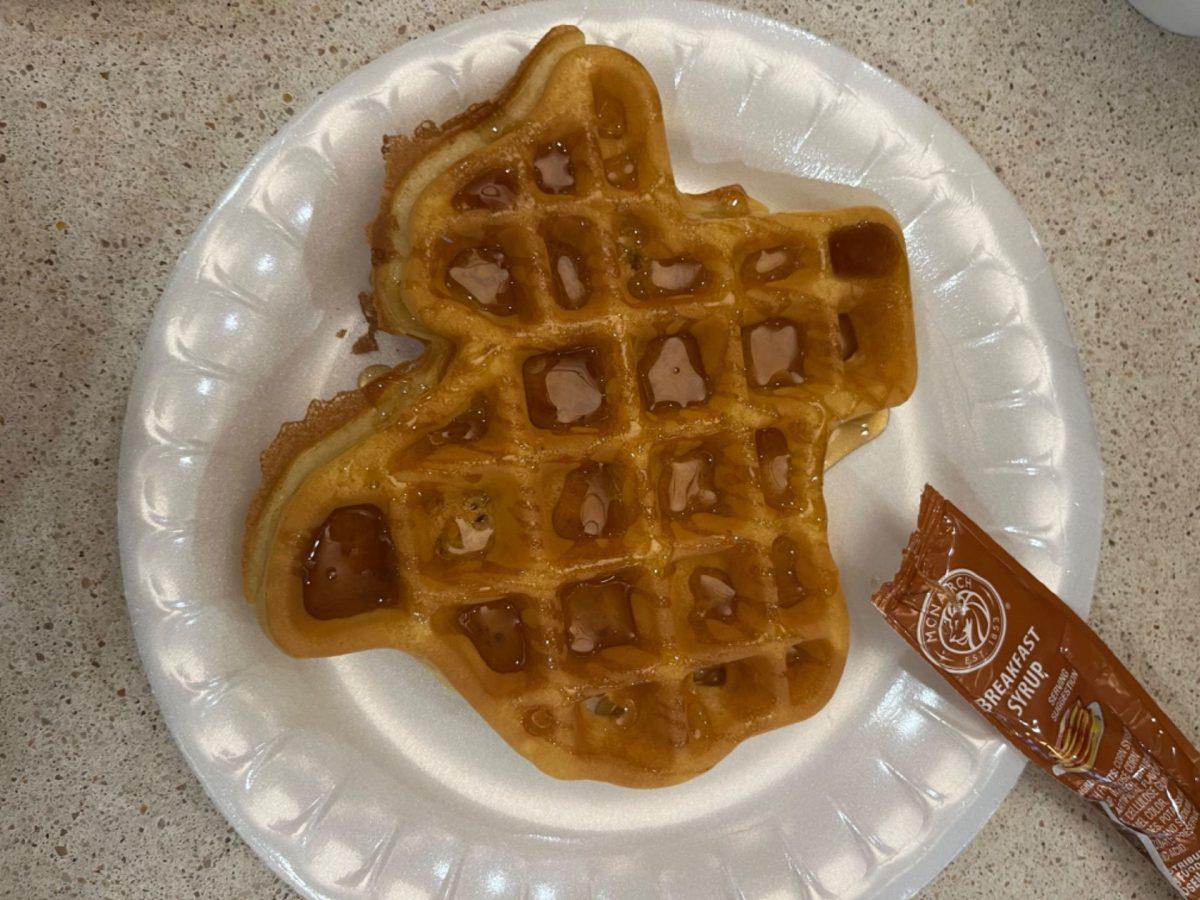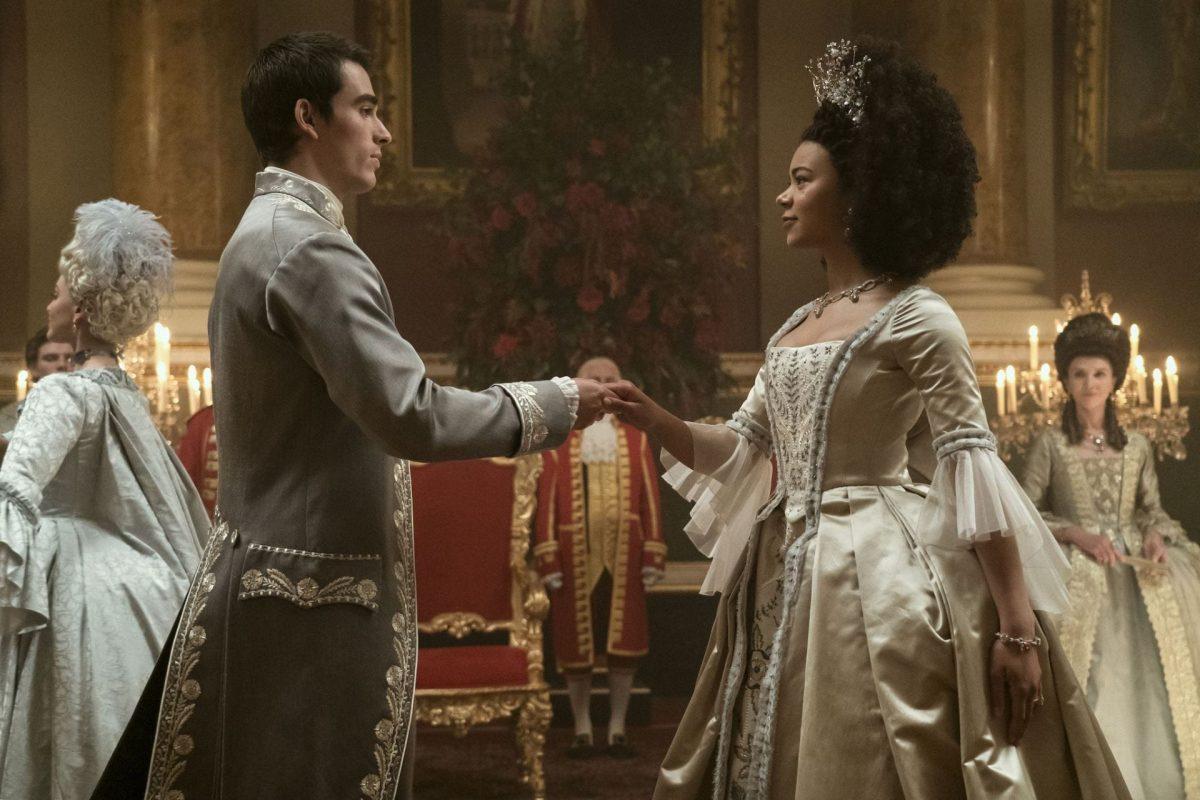The Golden Globes annually bring spotlight to amazing pieces that people deem worthy of award. This year, there was a step forward, due to the win of Transparent, an original series from Amazon that sheds light on the transgender community as the best comedy show, as well as a victory for best lead actor, who dedicated his award to the transgender community.
Many kids who do identify as something other than heterosexual or know that their gender doesn’t align with their body, often feel out of the loop when growing up. The idea that they are wrong, broken, or confused about their feelings may lead to depression, anxiety, or other mental illnesses caused by society’s expectations, peers, religion, or media. However, recently there has been a small growth in the representation of the LGBT community in television for younger audiences.
(Spoilers ahead)
One of the most recent popular portrayals comes from The Legend of Korra, the sequel to the Avatar: The Last Airbender series, and recently ended towards the end of 2014. The finale surprised many viewers because two main characters were confirmed as bisexual by creators Michael Dante DiMartino and Bryan Konietzko. It surprised most that the show would end on such a note, and although the ending itself showed their relationship in a subtle manner, context clues makes it easy to understand the character’s relationship is more than friends.
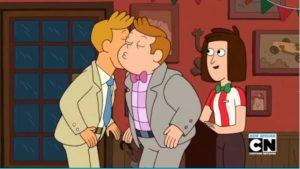
Clarence, a newer Cartoon Network show that tells the tales of a young strange boy and his two friends who goes on adventures in their small town, made a couple LGBT portrayals in the last 9 months that it has run. The first was a quick scene from the 21 episode, featuring a gay couple meeting a restaurant and kissing each other’s cheeks. Although the original concept was for them to kiss, the network did not allow it to pass. However, they were still able to show a quick scene and provided an underlying mood to make up for the lack of physical contact. The next portrayal had a larger impact, as one of the main character’s parents finally made an appearance after over 20 episodes, revealing to be a lesbian couple. Both incidents bought more attention to the show online.
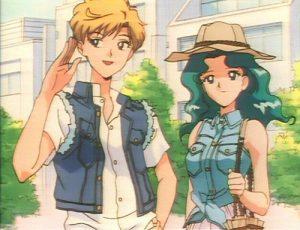
Although there are older shows that have portrayed more diverse characters, such as the popular anime Sailor Moon, their relationships were still considered pretty controversial. When Sailor Moon was brought over to the United States, the English Dub did try to cover the relationship of two characters by changing their dialogue to make them seem like cousins when their actions signified otherwise.
While some networks are okay with portraying queer relationships, shows like Adventure Time avoid showing such relationships due to other counties’ restrictions of viewing it. Other countries watching the network creates a lot of money for the corporation, and if foreign restrictions are very heavy then it can go as far as banning a network. Adventure Time voice actress Olivia Olsen and creator Pendleton Ward have spoken of how two characters, Princess Bubblegum and Marceline had been in a relationship before but did not add it in the show due to country restrictions.
Although it is still very rare to find queer characters in television for children today, there is a small growth of representation and its a step for future diversity within media and entertainment. Hopefully, there will be more shows to be more open to such relationships and also portray more transgender or other nonbinary genders within children’s entertainment so that there will be someone for kids to look up to instead of seeing the endless number of ‘normal’ characters that don’t fit their definition of normal.

